Affiliate links on Android Authority may earn us a commission. Learn more.
Roku Stick (2016) vs Chromecast (2015)
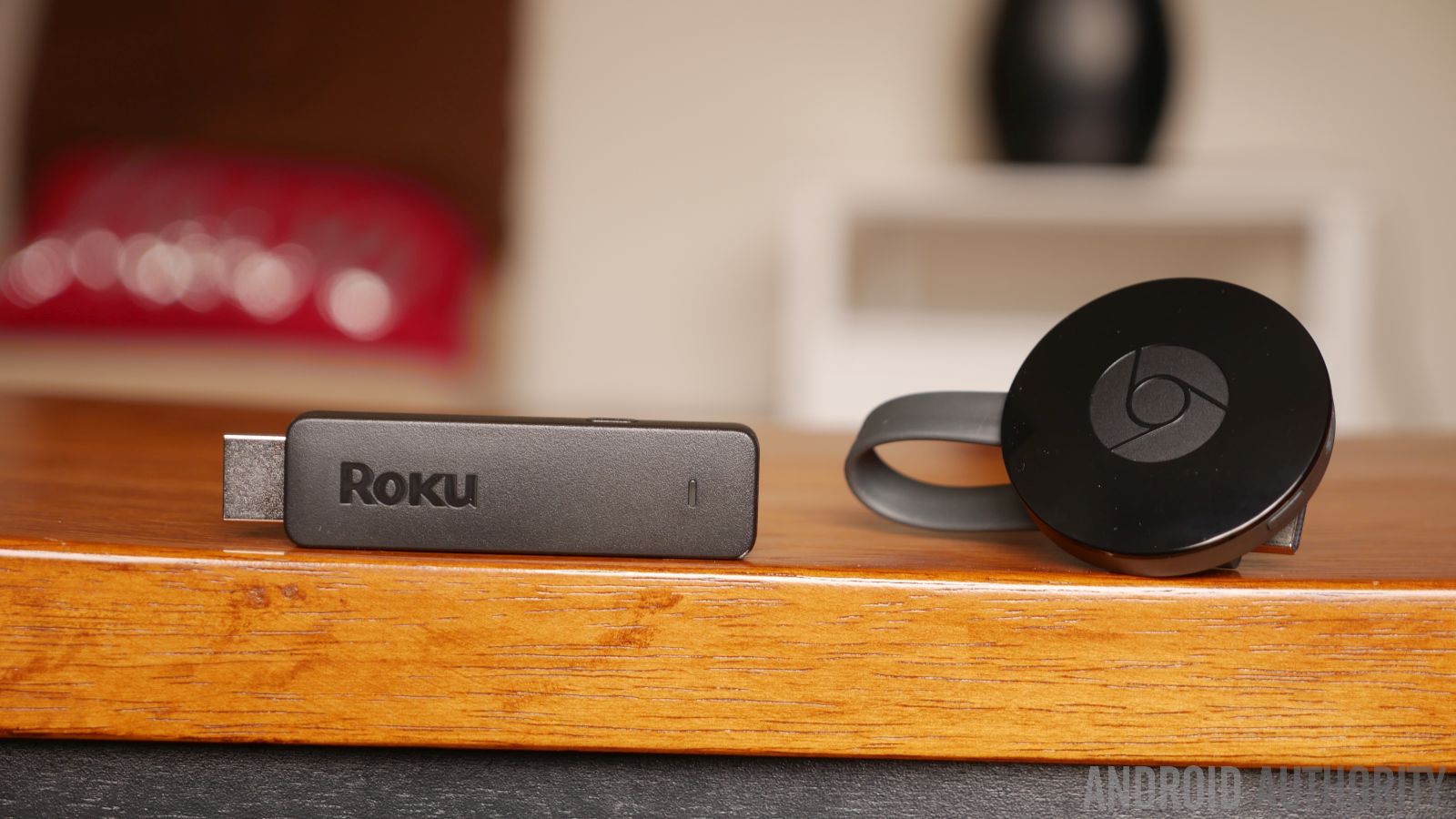
Television sets are increasingly being bundled with various smart functions, potentially devaluing the worth of buying dedicated streaming kits. Nevertheless, don’t count out streaming sticks entirely, just because many of them have unique features that place them in an advantageous position.
The Chromecast (2015) might still be arguably the king when it comes to the go-to affordable streaming solution, however, the new Roku Stick (2016) is making for one compelling argument. Two awesome streaming solutions, only one can reign supreme in the end. Let’s dive in!
Design
Technically no longer a stick, the 2nd generation Chromecast’s design has evolved to one that’s not as obtrusive – giving it a level of versatility that the 2nd generation Roku Stick is unable to achieve. While there’s a charming aspect to the round design of the Chromecast, we like the fact that it does save more space, especially if you’re connecting it to an HDMI input that’s on the rear of your television set, facing towards the wall.
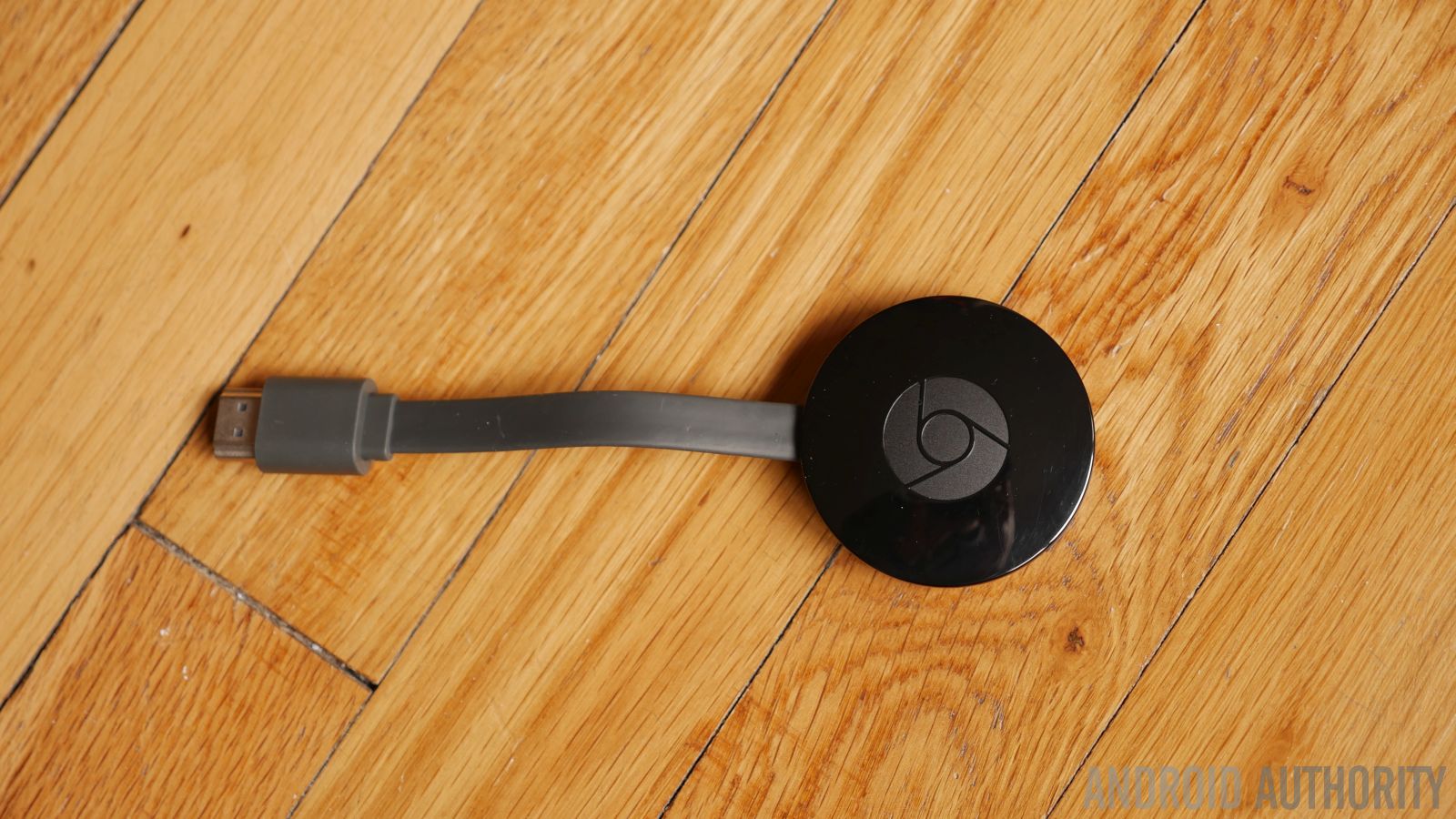
In comparison, the Roku Stick’s cookie-cutter stick design doesn’t play as nicely when it comes to mounting it on a rear-facing HDMI port, especially if your television is wall mounted. It won’t work that way, so just pray that your set has an additional HDMI port somewhere along the sides, which in our case, causes the Roku Stick to stand out like a sore thumb.
Indeed, there’s something ingenious about the Chromecast’s design, but given that we’re not going to be looking at the actual units all that much, it doesn’t really matter that it looks better. Rather, we like it for the versatility it offers by being inconspicuous and more manageable when it comes to be tethered to a television set.
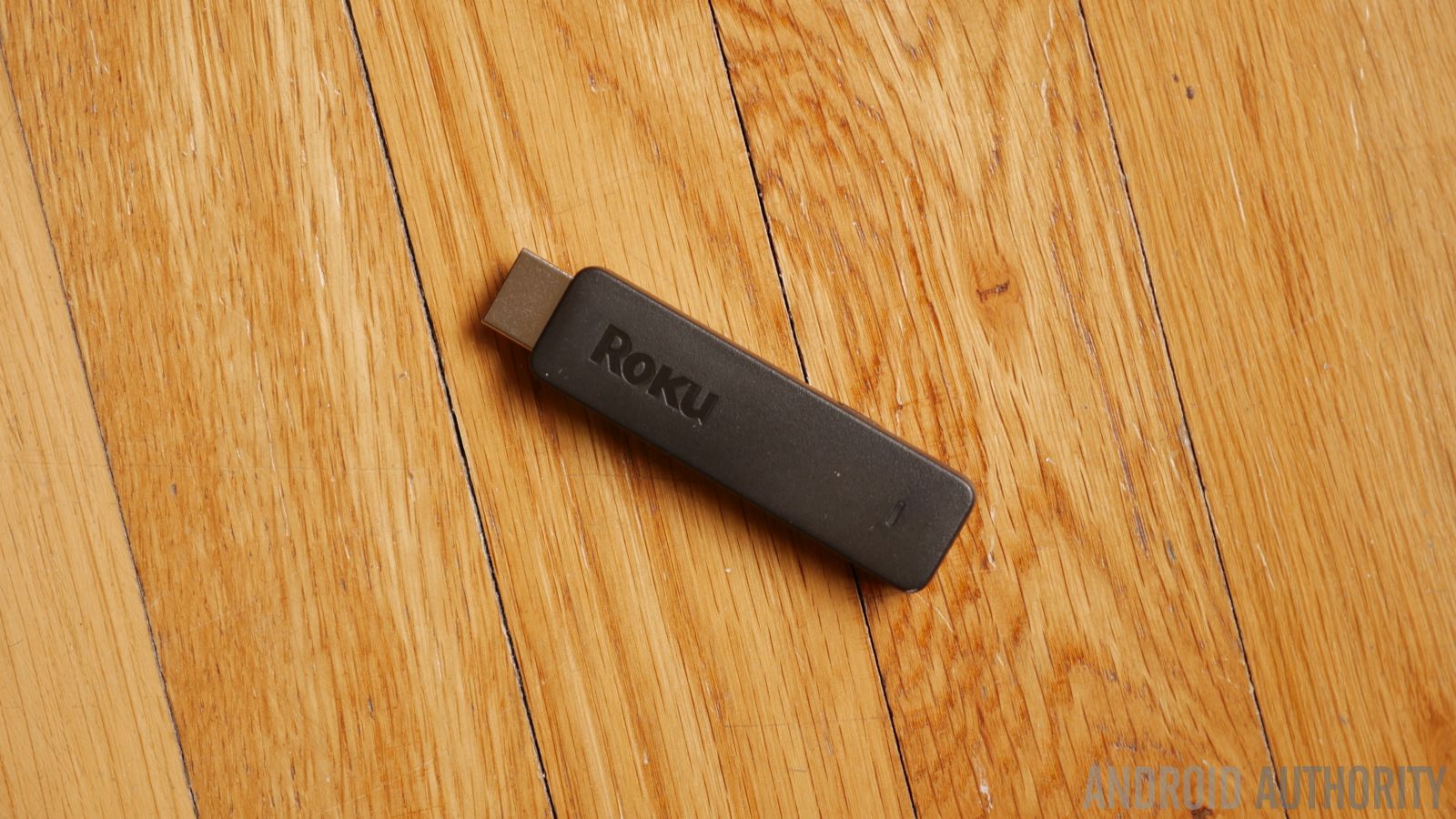
Setup
Even though there’s a facelift to the actual design of the new Chromecast, its purpose and end-functions are really no different from before. Essentially, you plug it into the HDMI port of your television set, connect it to your existing Wi-Fi network at home, and then use your Android smartphone, along with the compatible apps, to start “casting” content to your box. The premise doesn’t change one bit, so anyone familiar with the process will fit right in.
Likewise, we can say the same thing about the new Roku Stick, seeing that the setup process is a breeze. Using the included remote, we connect the Roku Stick to our home network, and once that’s accomplished, we’re ready to download various “channels” for us to start consuming content. Unlike the Chromecast, which has the “cast” icon in the apps that support it on our Android smartphone, browsing is done through the Roku Stick’s homescreen dashboard.
Services Support
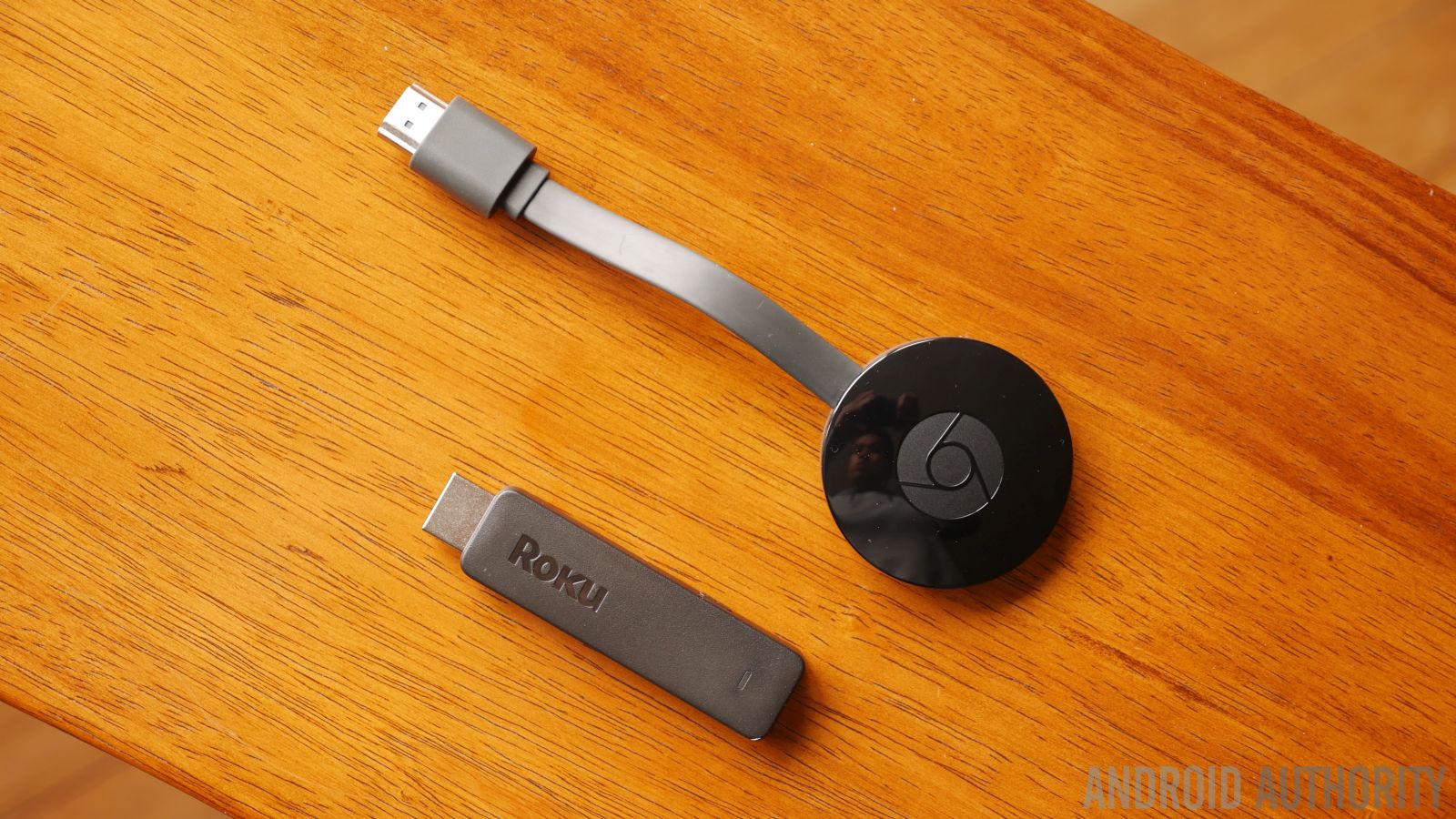
At the heart of it all, the two streaming options allow users to watch content on their television set. Popular monthly paid streaming services such as Netflix and Hulu are supported by the two, in addition to the vast selection of services from the cable networks – so think HBO, Comedy Central, Starz, and much more. You even get other popular services like Fandango, Flixster, Pandora, Vudu, Crackle, and YouTube with both of them.
Looking at the listing of supported services from the two, you can expect it to be an evenly, close match, but we have to point out how the Roku Stick supports Amazon Video, giving it the trifecta when it comes to the most popular paid services (Amazon, Netflix, & Hulu). On top of that, Time Warner customers will be delighted by how they can watch live TV through the power of the Roku Stick – making it one of the few devices to allow such functionality in the first place.
Other features
What’s also nice about the two streaming solutions is that we’re able to perform screen mirroring of our Android devices to them, giving us a wireless way of sharing something. This makes for great presentations, since you technically don’t need to wire your Android device to your television set. And for the most part, they’re pretty stable when it comes to doing it. Well, that’s only if you plan on playing games.
Speaking of gaming, you can do exactly that with the aid of screen mirroring, but there’s some noticeable latency issues. It doesn’t deter from most of the simple games we’re accustomed to experiencing on mobile, but for those with intensive action and killer graphics, it can prove to be overwhelming for screen mirroring to handle.
One handy feature of the Roku Stick is that your Android device also doubles as your remote, even though you can always use the physical one that comes bundled with it. Of course, in the event you happen to misplace it, the convenience of using your phone is undeniably appreciated. With the Chromecast, though, there’s really no physical remote per se, seeing that you just interact with the apps on your phone.
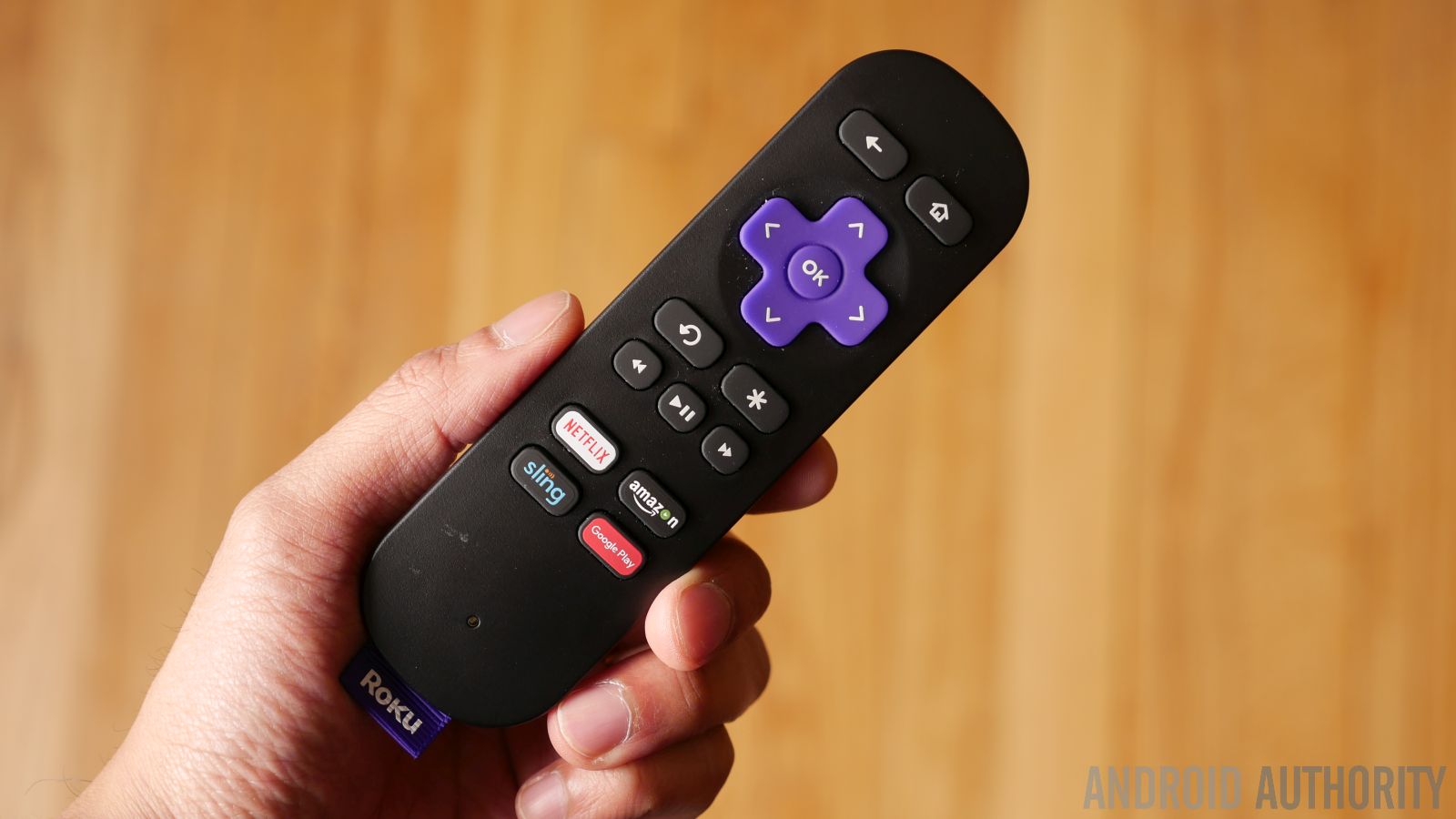
Lastly, we should also point out the one distinguishing feature of the Roku Stick – its private listening mode. This is something different, one that has some value riding on the back of it. Now, if you prefer a private listening experience when it comes to watching your shows, the Roku Stick allows you to pop in your favorite pair of headphones to your Android smartphone for just that experience.
It’s really useful, especially if you don’t want to disturb others, but we find its performance buggy at times. When the Roku Stick is in close proximity to the router, it seems to do fine with private listening, but it can sometimes cut in-and-out when it’s placed farther away. This, naturally, will vary depending on the kind of Android device you’re using, as some are outfitted with superior radios.
Pros for Chromecast
- Space saver, ingenious design
- Cheaper
- Simple integration with mobile app
Pros for Roku Stick
- Supports Amazon Video
- Live TV service for Time Warner customers
- Private listening feature
- Comes with physical remote
Conclusion

The ultimate decision maker for most people is generally pricing, which in this case favors the Google Chromecast. Slapped with a price tag of $35, the Chromecast is by in large more affordable and less costly than its rival in this comparison. Given the lower price, its core functions don’t differ at all, so streaming content from your favorite services is no problem for this one. Add to that, the design is a bit more ingenious in the way that it’s both a space saver and unobtrusive wherever it’s placed.
Sure, the second-generation Roku Stick fetches for more with its $50 cost, but its higher cost is certainly justifiable. For starters, we especially like that Amazon Video is supported by it – something that the Chromecast still lacks in its arsenal. Secondly, it’s pretty sweet that we can use our Android device to listen privately to whatever we’re watching, so that we’re not disturbing others. And even though it’s restricted to Time Warner customers, the support for it opens up the Roku Stick to true, live TV service.
If you’re not a subscriber to Amazon’s Prime Video service, then it’s best to probably save yourself the money and go with the Chromecast. However, we can’t stress enough about how the Roku Stick manages to deliver a compelling argument – even with the higher cost attached to it. In all fairness, the Chromecast is nice, but for serious binge watchers, the Roku Stick achieves a higher experience that shouldn’t go unnoticed.